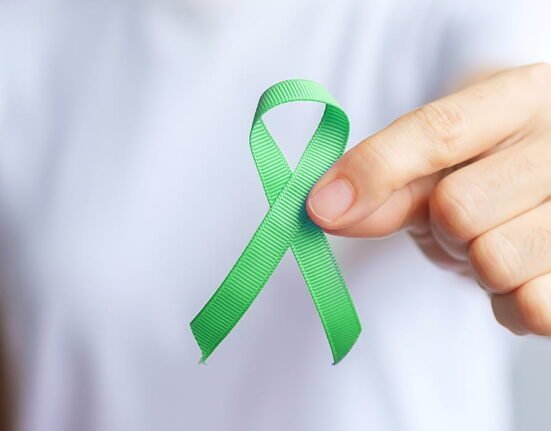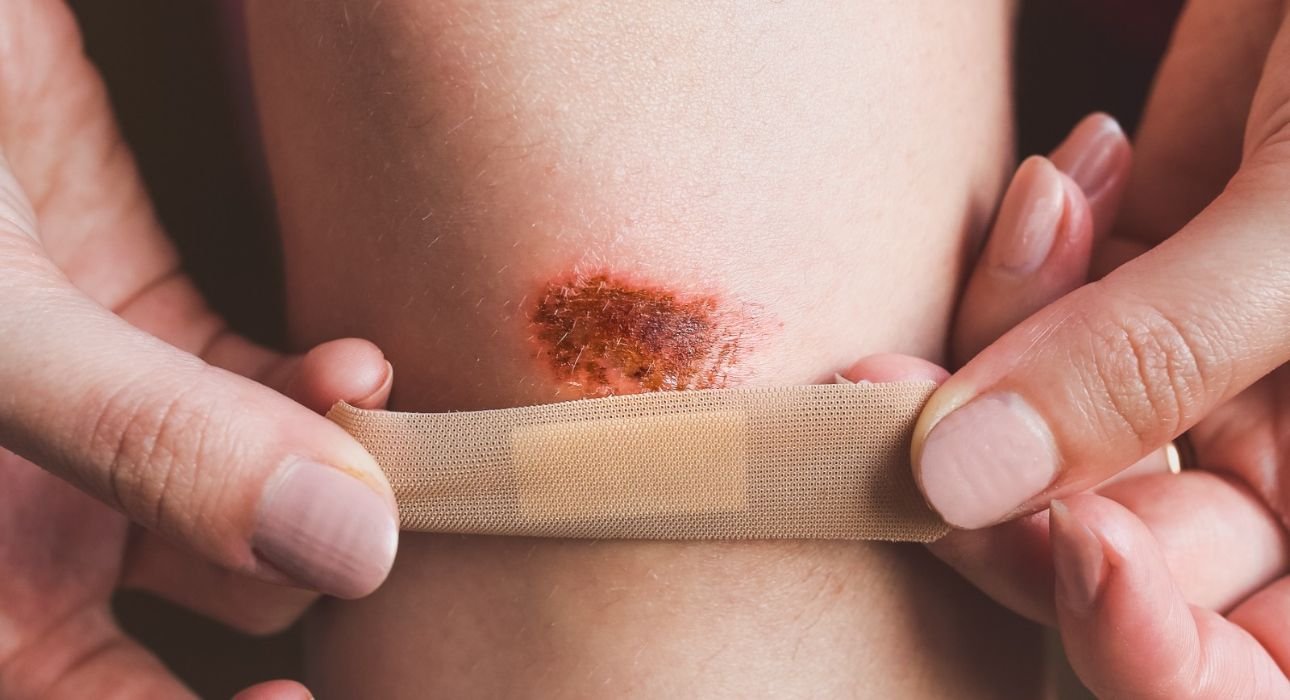Trigger Warning: The Article contains mention of suicide and can be distressing for some readers.
Discussing how people cope with emotional pain isn’t always simple, particularly when those coping mechanisms entail self-harm. One of those behaviors that is frequently misinterpreted or concealed in shame is non-suicidal self-injury or NSSI, which is the intentional harming of one’s body without the intention of death. For those who participate in NSSI, it may seem like the only way to cope with intense emotions, but to others, it may appear illogical or attention-seeking. People who are having difficulty controlling strong emotions like sadness, rage, guilt, or numbness may use coping strategies like cutting, burning, or hitting themselves.
Many people are unaware of how common NSSI is, particularly among teenagers and young adults. Although it’s not always connected to suicidal thoughts, it’s an obvious indication that someone is experiencing emotional distress and might not have the resources or support they need to deal with it healthily. The motivations behind self-harm, the emotional control it offers, and the social situations that may increase vulnerability have all been the focus of mental health researchers in recent years. This article explores NSSI not only as a sign of mental illness but also as a psychological survival tactic that many people employ and that demands empathy rather than judgment or shame.
Understanding the function of NSSI
NSSI is often used to help people control their emotions. People who hurt themselves often say that it helps them to feel better when they are emotionally numb, overwhelmed with sadness, or feelings of self-hatred. One of the main reasons people do NSSI is to get away from unbearable feelings inside. For some people, physical pain is a temporary way to escape, to make the emotional pain feel more real or easier to handle. In this way, NSSI can become an unhealthy coping mechanism to deal with emotional/psychological issues that work for a while. (Klonsky, Victor & Saffer, 2014)
Research also indicates that NSSI is not always caused by a need for attention or to control others, as is often thought. Instead, people often do it in secret and feel ashamed about it. People may hide their scars or injuries, which makes them feel more alone and stops them from seeking help. As a result, NSSI becomes a private way to deal with emotions, a way to feel in charge when everything seems out of control or chaotic.
The link between trauma and NSSI
Many individuals who engage in self-harm have been through trauma, especially as children. Experiencing abuse, neglect, or family conflict can make it much harder for a person to control their emotions later in life. According to Smith, Kouros, and Meuret (2014), people who do self-harm often have trauma symptoms like intrusive thoughts, emotional numbness, and hyperarousal.
These symptoms may be overwhelming for the individual to handle, causing them to hurt themselves as a way to feel better or stay grounded. Importantly, emotional neglect and invalidation can be just as damaging as physical abuse. Children may learn to distrust their own emotions if they are raised in settings that minimize or reject their feelings. They may therefore find it difficult to deal with their problems as adults, which raises the possibility of self-harm as a coping strategy.
Gender and Identity-based stress
Social and cultural pressures put some groups at greater risk. For instance, NSSI disproportionately affects youth who identify as sexual minorities, or LGBTQ+. Studies have showcased that LGBTQ+ youth reported higher rates of self-harm than their heterosexual peers. Many participants attributed this to identity-based rejection, bullying, or lack of acceptance.
These results highlight how societal factors influence mental health outcomes. People may internalize feelings of loneliness or worthlessness when they experience rejection from their families or communities. In these situations, NSSI might provide a means of expressing this suffering or regaining control over an otherwise dehumanizing setting. (Walls et al., 2010)
Self-efficacy and Mindfulness in Recovery
NSSI is not a life sentence, despite how serious it is. People can learn better ways to control their emotions and progress toward healing with the correct support and coping mechanisms. Promoting mindfulness and coping self-efficacy, or the conviction that one can manage stress well, is one promising area of intervention. Higher levels of mindfulness and coping confidence were linked to lower frequencies of NSSI among adolescents, according to research by Heath, Joly, and Carsley (2016).
By encouraging people to observe their feelings without immediately acting upon them, mindfulness techniques help people resist the temptation to harm themselves in times of distress. Small, steady steps are necessary to build self-efficacy, including learning to ride out emotional waves, recognizing triggers, and creating alternate coping mechanisms like journaling, talking to a friend, or practicing grounding exercises.
Public health concern
It is essential to consider NSSI as a public health issue due to its prevalence, particularly among young people. Research has shown that more than 20 percent of Chinese teenagers reported participating in NSSI at some point, which highlights the global nature of the issue. In order to support at-risk populations, the researchers underlined the importance of early identification and culturally sensitive interventions. (Zhang et al., 2023)
Empathy, not punishment, should be the foundation of prevention and support initiatives. Families, school, and healthcare professionals must foster spaces where youth can talk about their difficulties without worrying about being rejected or misinterpreted. Having candid discussions about mental health can normalize emotional vulnerability and encourage self-harmers to get treatment.
Conclusion
Non-suicidal self-injury is a deeply personal and frequently misinterpreted behavior. From the outside, it might seem harmful and confusing, but for many people, it’s a coping mechanism for pain they don’t yet have the means to express or manage differently. By acknowledging NSSI as a coping strategy, we can transcend stigma and advance compassion. Self-harm is a cry for assistance, not a desire to die, regardless of the cause—trauma, emotional dysregulation, or identity-based stress.
Recovery is achievable by assisting people in finding safer, more sustainable ways to manage their emotional pain rather than pressuring them to stop the behavior. During that journey, self-efficacy, mindfulness, and solid support networks can all be important. As a society, we must establish areas where individuals feel seen, supported, and safe enough to choose healing over harm.
FAQs
1. Is NSSI the same as a suicide attempt?
No, NSSI is not a suicide attempt. While both involve self-harm, NSSI is carried out without the intent to die. It’s often used as a way to manage emotional distress or feel a sense of control.
2. Why do people self-injure if they don’t want to die?
For many, physical pain can temporarily relieve intense emotional pain. NSSI may help them cope with overwhelming feelings sadness, anger, or numbness when they don’t have healthier coping tools available.
3. Can people recover from NSSI?
Yes, with the right support and coping strategies, recovery is possible. Therapy, mindfulness practices, and strong emotional support systems can help individuals replace self-injury with healthier ways of managing stress and emotion.
References +
- Heath, N.L., Joly, M. & Carsley, D. Coping Self-Efficacy and Mindfulness in Non-Suicidal Self-Injury. Mindfulness 7, 1132–1141 (2016). https://doi.org/10.1007/s12671-016- 0555-3
- Klonsky, E. D., Victor, S. E., & Saffer, B. Y. (2014). Nonsuicidal Self-Injury: What we know, and what we need to know. The Canadian Journal of Psychiatry, 59(11), 565–568. https://doi.org/10.1177/070674371405901101
- Smith, N. B., Kouros, C. D., & Meuret, A. E. (2014). The Role of Trauma Symptoms in Nonsuicidal Self-Injury. Trauma, Violence & Abuse, 15(1), 41–56. https://www.jstor.org/stable/26638332
- Walls, N. E., Laser, J., Nickels, S. J., & Wisneski, H. (2010). Correlates of Cutting Behavior among Sexual Minority Youths and Young Adults. Social Work Research, 34(4), 213–226. http://www.jstor.org/stable/42659767
- Zhang, H., Wang, J., Liu, Z., Li, W., & Chen, L. (2023). Prevalence and correlates of non suicidal self-injury among Chinese adolescents: A cross-sectional population-based study. Frontiers in Public Health, 11, Article 1198483. https://doi.org/10.3389/fpubh.2023.1198483













Leave feedback about this